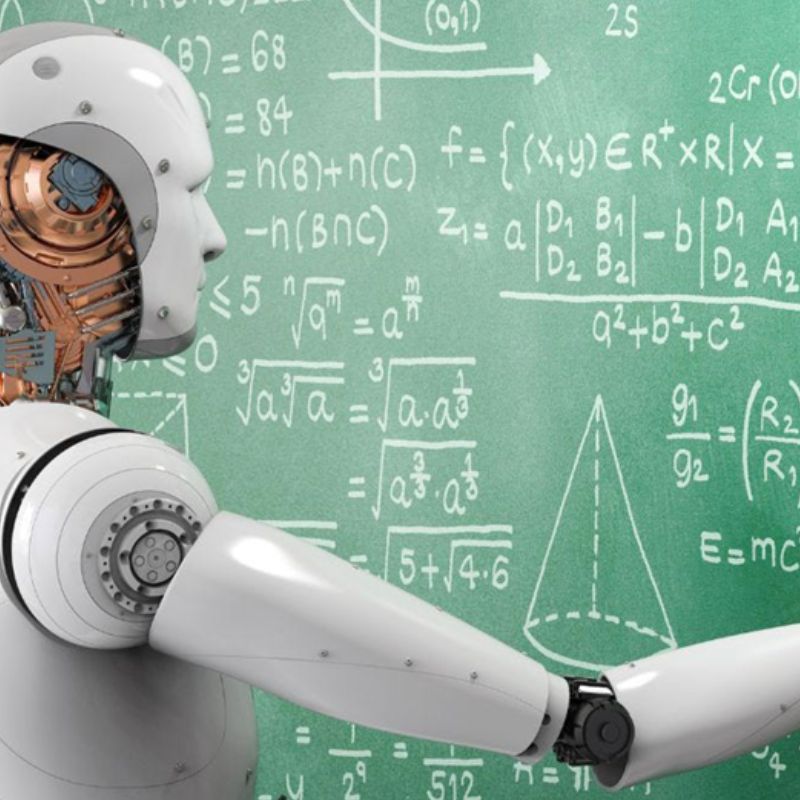The way we learn has changed more in the past five years than in the last five decades. Why? Two words: Artificial Intelligence. AI is no longer some futuristic concept from sci-fi movies — it's here, and it's already transforming our world. One of the biggest areas it's disrupting? Education.
If you’ve taken an online course recently, there's a good chance AI played a role in your experience — whether you noticed it or not. From personalized learning to automated grading, AI is shaping online education in ways we never thought possible.
Let’s explore how AI is reshaping the classroom, the opportunities it brings, and what the future holds for students and educators alike.
🎓 What Is AI in Online Education, Really?
At its core, AI in education refers to using algorithms and machine learning to enhance learning experiences. This doesn’t mean robots teaching in virtual classrooms (at least not yet!). It means smarter platforms, better tools, and more personalized experiences.
AI systems can:
- Adapt lessons based on your strengths and weaknesses
- Analyze performance in real time
- Automate tasks like grading, scheduling, and even feedback
- Simulate conversations using natural language processing (like chatbots or virtual tutors)
🤖 How AI Is Revolutionizing Online Learning
Let’s break down some real-world examples of how AI is taking online education to the next level.
1. Personalized Learning Paths
No two students learn the same way. AI understands this better than traditional education systems. Platforms like Coursera and Khan Academy now use AI to recommend lessons based on a student’s pace and understanding.
It’s like having a private tutor who knows exactly what you need to focus on.
2. Intelligent Tutoring Systems
AI-powered tutors are already a thing. Tools like ChatGPT (yes, that’s me!) help students write essays, solve math problems, or understand complex concepts — instantly.
These tutors are available 24/7, never get tired, and offer instant answers.
3. Automated Assessments & Feedback
Remember the days of waiting weeks to get your paper graded? Those days are fading fast. AI can now grade assignments, detect plagiarism, and even provide detailed feedback — all in seconds.
This means quicker feedback for students and more time for teachers to focus on actual teaching.
4. Language Translation & Accessibility
For non-native English speakers or students with disabilities, AI tools can translate lessons, generate captions, or even read content aloud. This opens up education to a global audience, regardless of language barriers or physical limitations.
🧠 The Human Touch: Still Important?
You might be wondering: Will AI replace teachers?
The answer is no — at least not anytime soon.
Think of AI as a powerful assistant, not a replacement. It takes over repetitive tasks so teachers can focus on what really matters: mentoring, motivating, and making human connections.
Online education becomes more efficient with AI, but the empathy, creativity, and emotional intelligence of human educators still play a crucial role.
🚀 The Future of AI in Online Education
We’re only scratching the surface. Here’s what we can expect in the coming years:
- Virtual Reality + AI for immersive, hands-on learning experiences
- Emotion recognition that adapts lessons based on student mood
- Blockchain + AI to track and verify learning credentials globally
- Hyper-personalized micro-learning tailored to each learner's goals
The future looks exciting, but it also raises some valid questions…
⚠️ The Challenges We Can’t Ignore
While AI brings lots of benefits, it also comes with concerns:
- Data privacy – Who owns the data collected from students?
- Bias in algorithms – AI can be biased if not trained on diverse datasets
- Digital divide – Not all students have access to the tech needed to benefit from AI
Solving these problems requires collaboration between tech companies, educators, and policymakers.
🌍 Final Thoughts
AI is no longer the future of online education — it’s the present. It’s changing how we teach, how we learn, and how we connect. But like any powerful tool, it must be used wisely.
As learners, educators, and innovators, we have the opportunity to shape a smarter, more inclusive, and more engaging educational experience for everyone.
The classroom isn’t going away — it’s just getting a whole lot smarter.
